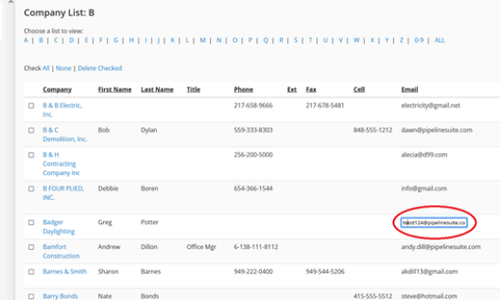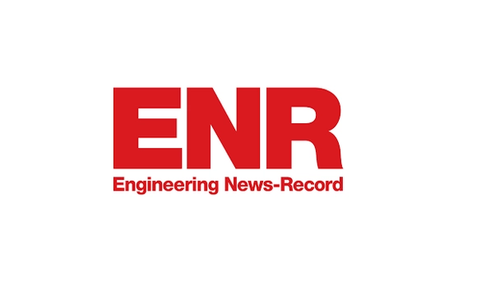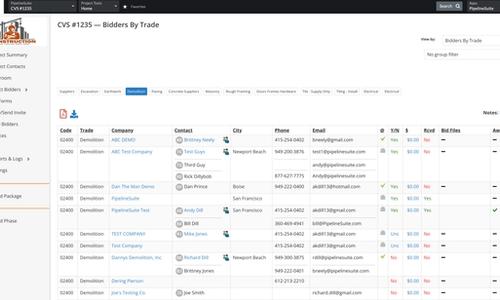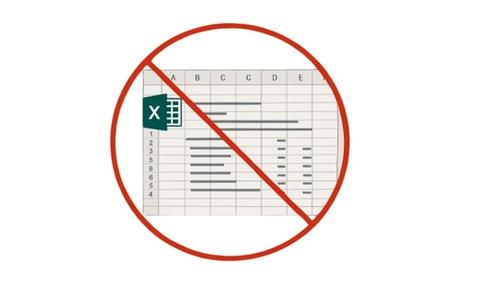Understanding the Difference Between a Bid Package and a Bid Phase in Construction Bidding
October 10, 2025

I am sure you have heard people discuss Bid Packages and Bid Phases during the Bid Solicitation process. Although they generally serve different purposes, some interchange the terms which can cause confusion. In this blog, I will provide the clear definitions of both terms, as well as the benefits of each.
Definition of a Bid Package as related to general contractors soliciting bids from their subcontractors and suppliers:
A Bid Package is a collection of documents given to bidders that give them the information, instructions, and requirements for them to submit their bid, typically broken out for each scope of work or trade.
Bidding software such as PreconSuite streamlines the process of creating Bid Packages, reducing the time it takes to select bidders and manage the bidding process.
Advantages of using Bid Packages:
- Create different bid dates for different Bid Packages within the same project.
- Create different verbiage on Bid Invitations specific for each Bid Package (ie., rather than sending a generic invite to all trades, write a specific scope or description per Bid Package for a more personal touch, which may improve response rates).
- Restrict project files, plans, specs by Bid Package, if desired. In doing so, you send out only the files and specs that are specific to that Bid Package; eliminating the subcontractor from having to sift through multiple files that don’t pertain to their scope.
- A good bid management software would have Bid Package Settings which would allow you to specify which of your users should receive the Bids and RFIs emails from subcontractors per Bid Package.
Definition of a Bid Phase:
The term Bid Phase is typically used when there is a desire to obtain cost estimates at different times during the design stage of a project, as well as when the final design drawings are complete.
Obtaining costs early in the design phase allows an owner to create a budget and/or to know how much financing is needed for the project. This knowledge can also help the owner make sure the project is financially viable, create a budget, and helps them make final design decisions with the Architect related to their budgeted costs.
Another example of a Bid Phase would be when a project needs to be re-bid. PreconSuite allows users to re-bid a project in just a few clicks, keeping the prior bidding history organized nicely within the same project view. The Bid Phase Name (eg. “Re-bid”) is added in parenthesis in the subject line of the Bid Invitation email so that bidders clearly understand it is a re-bid of the original project. Other systems require users to copy the project, thus creating two projects, not linked and therefore cumbersome to find prior bidding history.
Advantages of using Bid Phases:
When using PreconSuite:
- Bid Phases allows you to bid a project in phases or rebid a project in a few clicks, without having to copy or create a new project for each phase (ie., Budget Bid, 75% CD, 100% Drawings, etc).
- Quickly view prior Bid Phase bids within the same project.
- Combine both Bid Package and Bid Phase features in one project (ie., Rebid a project with Bid Packages).
- Limit bidders with access to the Planroom before they sign an NDA.
Using Bid Packages or Bid Phases during your bidding process provides significant advantages by creating structure, clarity, and flexibility during the bidding process. Read about other advantages to bidding using a phased approach. Both approaches help streamline communication, improve accuracy, and ultimately lead to more competitive bids and better project outcomes.
Very few bidding software provides both features. If your current software doesn’t offer complex features for Bid Packages or allow for bidding in phases, it may be worth exploring other options. These features can make a real difference in how efficiently your team handles the bidding process and collaborates with subcontractors. PreconSuite provides tools designed specifically for these needs, and reaching out can help you determine if it’s a better fit for your company.
Recent Posts

What is In-Line Editing in Construction Software?
October 22, 2025

ENR Article Highlights PipelinePrequal Software
March 15, 2024

PipelineSuite announces Embedded experience App in Procore
March 15, 2024

Three Ways to Reduce Subcontractor Bid Fatigue
September 22, 2025

4 Reasons to Ditch Excel for Bid Leveling and Bid Tabulation in Preconstruction
July 30, 2025


